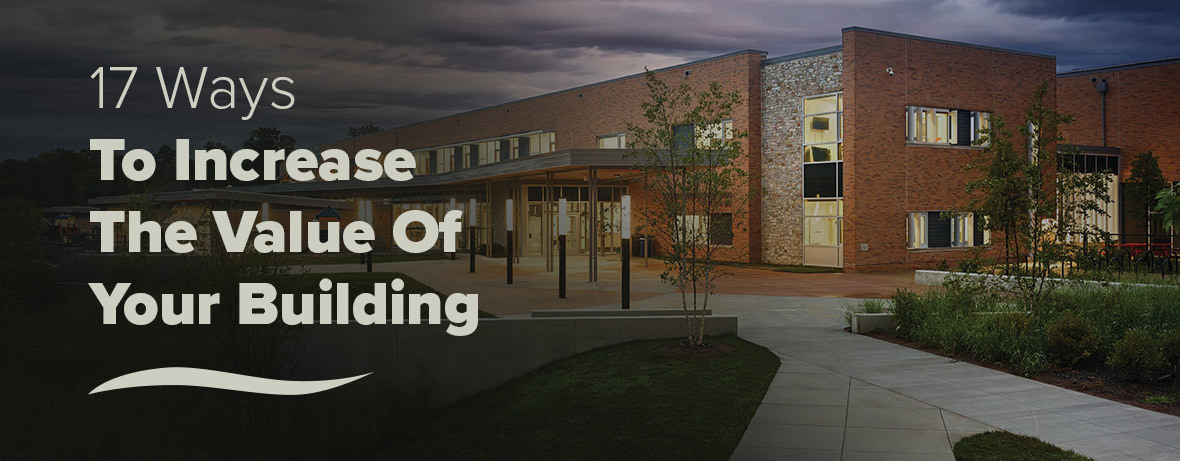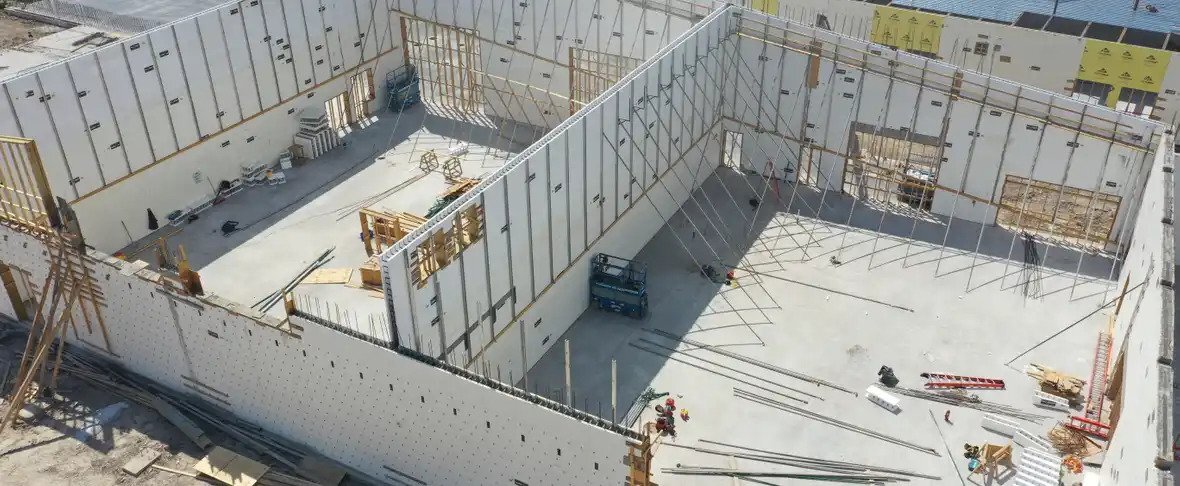
From Efficiency to Durability: The Many Benefits of ICF Construction

17 Ways To Increase The Value Of Your Building

A Complete Guide to Hurricane-Resistant Buildings

The Importance of Contractor Training and Product Knowledge

Building a Tsunami-Proof House with Fox Blocks
Building a tsunami-proof house requires strategic planning and the use of specialized materials. Coastal homes face unique challenges that demand solutions capable of withstanding powerful waves and the debris they carry.

MHA INTERPRETIVE CENTER
Net-Zero Museum Exemplifies The Sustainable Resilience of the MHA Nation. The MHA Interpretive Center is an educational museum and nature center owned and governed by the Mandan Hidatsa Arikara Nation. Housing some of the most sacred objects and artifacts of the MHA Nation, the structure includes a large, 80-foot radius wall with an observation deck overlooking Lake Sakakawea, which was built to align with the Nation’s values and embrace sustainability and respect to the earth.

SANTA RITA RANCH ELEMENTARY SCHOOL
Discovery is one of the four schools to receive the zero energy certification, nationwide.

5 Common Misconceptions About ICF Construction
ICF construction creates modern structures that are energy-efficient, durable, disaster-resistant, and have good indoor environmental quality (IEQ). ICF construction is also strong, flexible, fast and easy to install. Unfortunately, even with these many benefits, some architects and contractors are reluctant to utilize it due to misconceptions about ICF construction.

The Backbone of Modern Construction: Steel Reinforced Concrete Walls

How to Build a Flood-Resistant House
In this article, we’ll explore flood proof home construction using innovative materials and techniques, with a focus on insulated concrete forms (ICFs).